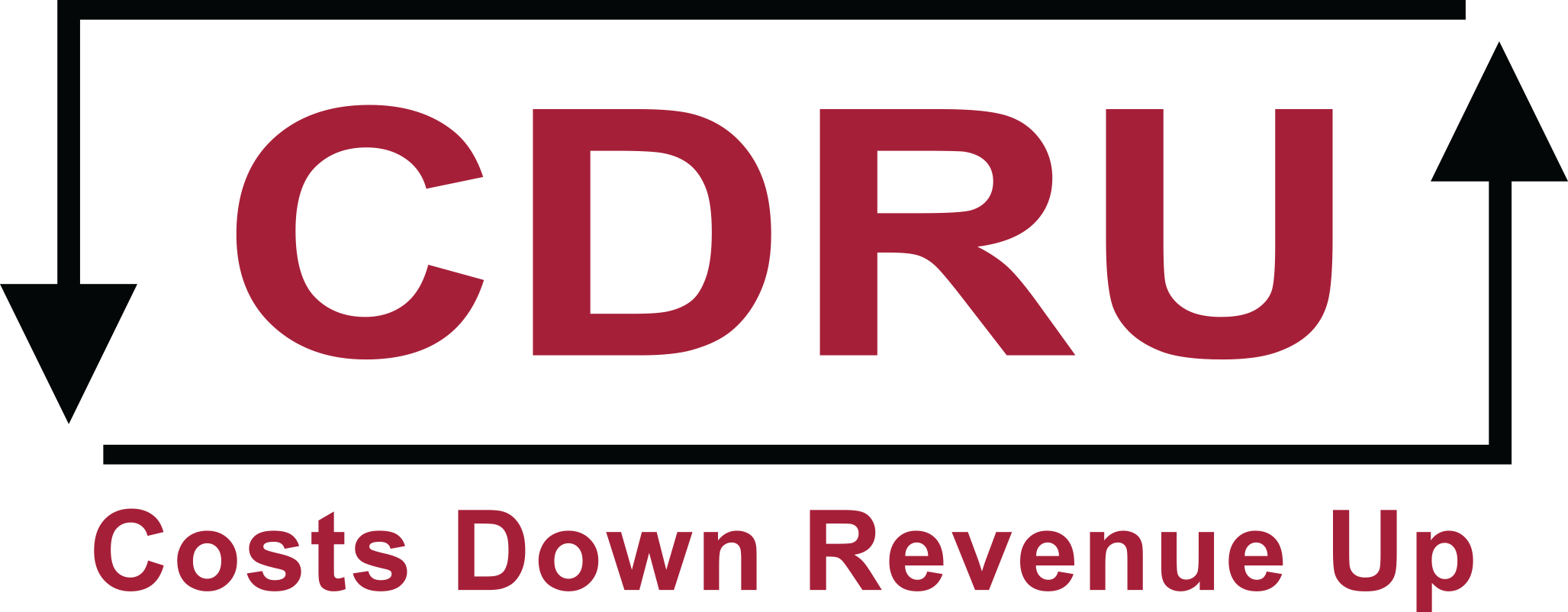Vendor relationships – who is managing who?
Modern technology management is less about providing IT services and more about complex vendor relationships. This is unlikely to change anytime soon, with all industry reports predicting more external spend for managed services such as Cloud and SaaS. For example, the Flexera 2021 State of Tech Spend report states that the top focus for IT spend is for digital transformation, cybersecurity and cloud with 30 per cent of total IT spend on cloud services.
Technology executives are domain experts – but that domain is increasingly changing, with vendor management increasingly critical to delivering a successful technology function. And of course, Vendors are aware of this movement and employ increasingly sophisticated techniques to maximise their value over contract lifecycles. It is no coincidence that Cloud invoices are complex and that service definitions lack consistency across vendors.
So, who is managing who?
At CDRU we recommend running a very simple two-step playbook monthly to ensure that you stay in control of the relationship.
Step 1 – the Kraljic Matrix
The Kraljic Matrix is simply a 2 x 2 matrix which classifies your active Vendors by Risk and Cost. Things to consider today;
- How might you classify your current vendors using a matrix like this?
- What questions does this raise for how your vendor relationships are being managed?
- What can you do about it?
This will typically stay quite stable, unless you are in an active strategic sourcing phase. Once you have classified your suppliers though this tool, a useful exercise to review monthly with your leadership team to identify supplier drift. Typically, in CDRU we are seeing increases in consumption-based pricing, which is harder to centrally control. This is driving many Vendors up the Y axis, especially in the Cloud and SaaS space. The focus on digital transformation is pushing some Vendors along the X axis, making them more critical. By reviewing regularly, you can track this drift, ensuring you are focussing your team in the right areas as the landscape around you evolves.
Kraljic Matrix – Different supplier types
Step 2 – Vendor review
Your business doesn’t change on a quarterly or 6 monthly review cycle so why should your Vendor relationships be limited to this cadence? As the proportion of technology that is outsourced increases, the amount of management time that is dedicated to Vendors should increase proportionally on those Strategic Suppliers in your Kraljic Matrix.
CDRU recommends a simple construct to frame these monthly conversations with your Strategic Suppliers:
- What can we stop doing?
A service that is packaged as part of a contract may no longer be needed. The types of services being consumed may be the wrong mix. It is sound management practice to ask the Vendor to refine the services continually – and of course, reflect this in new pricing. - What can we start doing?
As your business evolves, are there opportunities to increase the value you are extracting from your Suppliers? Additional services, new products, different offerings – in an environment that is constantly changing, your Strategic Suppliers should be true partners, identifying new ways to work together. - What should we continue doing?
What are the high value or critical items that must be protected? What lessons can be learned and applied more universally? How and where can your vendors and you celebrate success?
This – very simple – framework structures a monthly review with your Strategic Suppliers, allowing for a continual revision and improvement but also open and collaborative dialogue.
Spend optimisation challenges – and how you can overcome them
Clearly, for organisations to improve their operational excellence, they need to have Vendors who are providing excellent service. Vendors naturally tend to give you only what you ask for. By consciously following a managed and continually reviewed and improving process, you set the behavioural tone. This encourages Vendors to become Partners and can drive process improvements and provide real business benefits. Often, contracts are signed and put in place, and no one looks at them, sometimes for years. They are signed, put on a shelf or stored in a computer file directory. This 2 step process changes that.
Another option to consider is the targeted use of industry benchmarking analysis. This can provide you with hard facts about how your operations rate and by how much you can improve them. Benchmarking is a convenient tool that enables you to compare your services and costs against market value for the organisation in the same market sector or similar size. This generally means partnering with an organisation such as CDRU to help you review your services and benchmark costs. CDRU has benchmarking data for various IT services and can compare your current services against peers. This will ensure that you get the best outcome when having those difficult conversation with your Vendors.
CDRU is the leading Australian ‘buy-side’ SME specialising in delivering transformational change while maximising client IT investments.
We partner with clients to design, plan and implement successful, business driven technology programs utilising a proprietary ‘USP’ strategic sourcing process, honed over 20 years of delivering results for Australian Enterprise and Government entities.
Get in touch today to uncover how CDRU can ensure you get the very best outcomes from your vendors.





